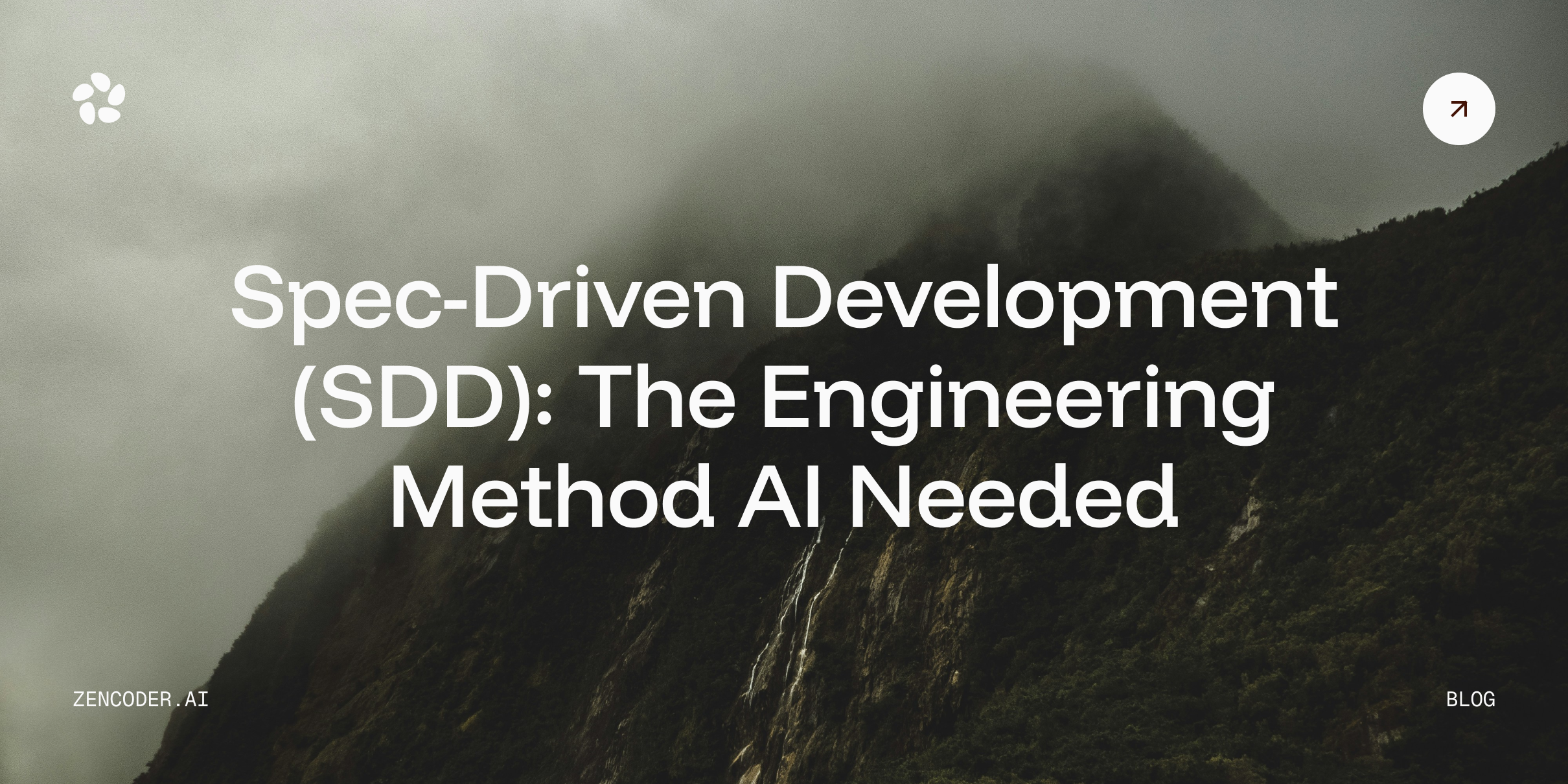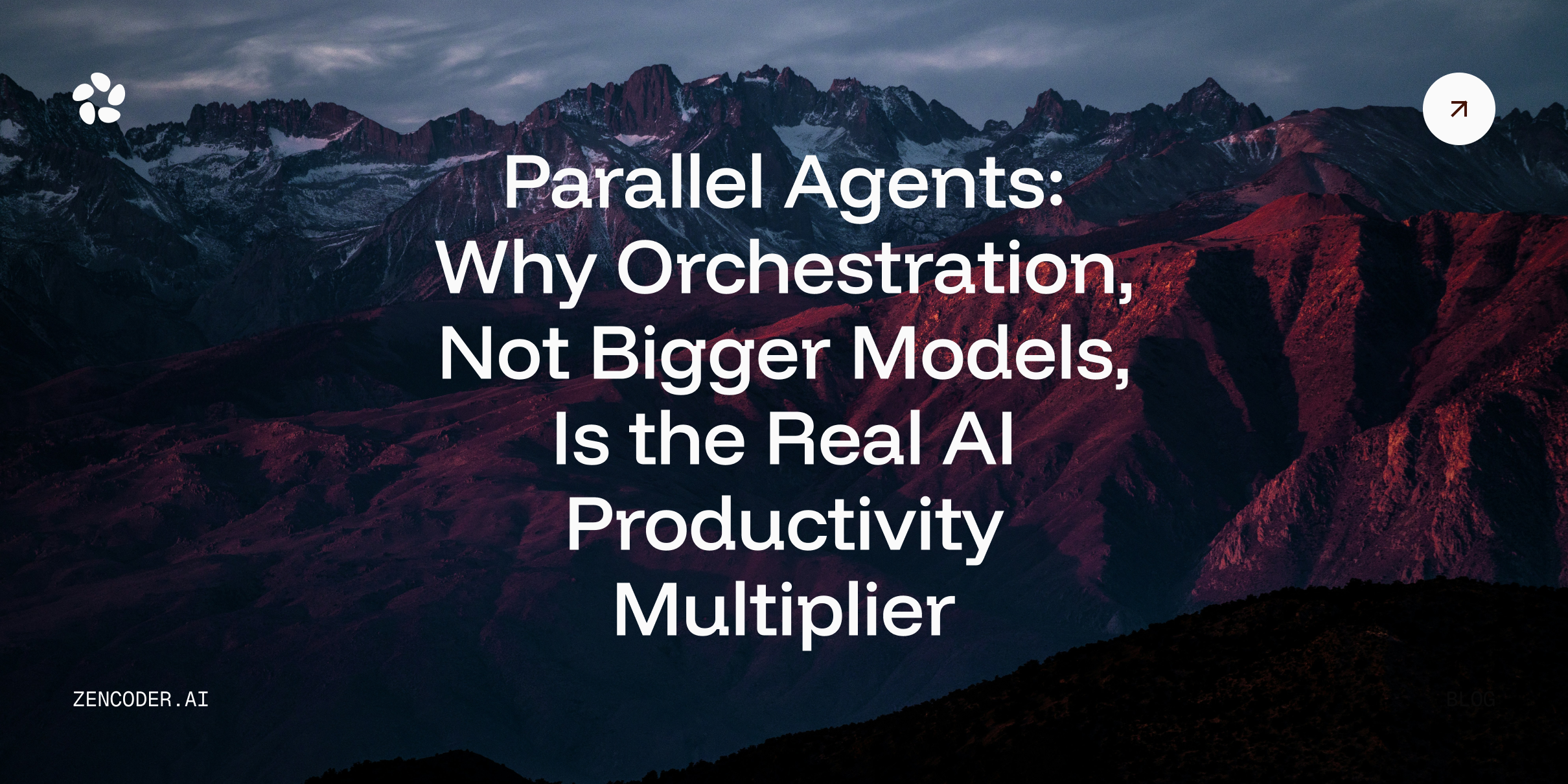The Rise of Llama 3.1
Let's start with the big news: Meta has unveiled Llama 3.1, touted as the largest-ever open-source AI model. According to Meta, this new model outperforms some of the best commercial options out there, including OpenAI's GPT-4 and Anthropic's Claude 3.5 Sonnet, on several benchmarks. That's a bold claim, and it's got the AI community buzzing.
Llama 3.1 is a beast of a model, with its largest version boasting a whopping 405 billion parameters. To put that in perspective, it's significantly more complex than its predecessors, the smaller Llama 3 models released just a few months ago. Training this behemoth required over 16,000 of Nvidia's top-of-the-line H100 GPUs – we're talking serious computational power here.
The Open-Source Revolution
So, why is Meta giving away such a powerful model? It's all part of a broader strategy that CEO Mark Zuckerberg believes will revolutionize the AI industry. He's drawing parallels to the open-source operating system Linux, which powers most phones, servers, and gadgets today. Zuckerberg argues that open-source AI models will not only catch up to proprietary models but potentially surpass them in terms of improvement rate and adoption.
This move isn't just altruism on Meta's part. They're betting that by fostering an open ecosystem, they'll benefit from community contributions and innovations, much like they did with their Open Compute Project for data center designs. It's a long-term play that could position Meta as a central hub in the AI development world.
Open-Source vs. Commercial: The Great Debate
Now that we've set the stage with Llama 3.1, let's dive into the core question: how do you choose between open-source and commercial LLMs for your projects or business needs? There are several factors to consider:
1. Cost |
|
| Open Source | Commercial |
| One of the most significant advantages of open-source models like Llama 3.1 is cost. Meta claims that running Llama 3.1 in production costs roughly half of what it takes to run OpenAI's GPT-4. For startups and smaller companies, this cost difference can be a game-changer, allowing them to leverage powerful AI capabilities without breaking the bank. | Commercial models, on the other hand, often come with hefty price tags. While they may offer turnkey solutions and robust support, the ongoing costs can be substantial, especially for high-volume use cases. |
2. Customization and Control |
|
| Open Source | Commercial |
| Open-source models shine when it comes to customization. With Llama 3.1, Meta is releasing the model weights, allowing companies to train it on custom data and fine-tune it to their specific needs. This level of control is invaluable for businesses with unique requirements or those operating in specialized domains. | Commercial models typically offer less flexibility in this regard. While many provide fine-tuning options, you're generally working within the constraints of the provider's system. If you need deep customization, open-source might be the way to go. |
3. Performance and Capabilities |
|
| Open Source | Commercial |
| Until recently, commercial models had a clear edge in performance. However, the gap is narrowing. Llama 3.1's claimed performance against GPT-4 and Claude 3.5 Sonnet suggests that open-source models are catching up quickly. | That said, commercial models often come with additional features and capabilities out of the box. They may offer better integration with other services, more robust content filtering, and advanced features like multimodal processing (handling text, images, and even audio). |
4. Ethical Considerations and Transparency |
|
| Open Source | Commercial |
| Open-source models offer a level of transparency that's hard to match with commercial offerings. You can inspect the code, understand the training process, and even contribute to improving the model. This transparency is crucial for researchers and organizations concerned about bias, fairness, and the ethical implications of AI. | Commercial models, while often subjected to rigorous testing and ethical guidelines, are essentially "black boxes." You're relying on the company's word regarding the model's behavior and potential biases. |
5. Support and Ecosystem |
|
| Open Source | Commercial |
| Here's where commercial models often have an advantage. Companies like OpenAI and Anthropic provide extensive documentation, customer support, and often have thriving developer communities. They also tend to offer more polished tools and interfaces for working with their models. | Open-source models require more technical expertise to implement and maintain. However, they often foster vibrant communities of developers and researchers who contribute improvements and share knowledge. |
6. Scalability and Infrastructure |
|
| Open Source | Commercial |
| Commercial models typically come with robust infrastructure for scaling. If you're anticipating rapid growth or need to handle large volumes of requests, a commercial solution might offer a smoother path. | With open-source models, you're responsible for your own infrastructure. This can be both a blessing and a curse. It offers more control but requires more technical know-how and resources to manage effectively. |
7. Data Privacy and Security |
|
| Open Source | Commercial |
| For organizations handling sensitive data, the ability to run models locally is a significant advantage of open-source options like Llama 3.1. You can ensure that your data never leaves your servers, which is crucial for compliance in many industries. | Commercial models often require sending data to the provider's servers, which can be a non-starter for some use cases. However, many commercial providers are now offering options for increased data privacy, such as dedicated instances or on-premises deployments. |
8. Longevity and Future-Proofing |
|
| Open Source | Commercial |
| Open-source models offer a degree of future-proofing. Even if the original creators stop supporting the model, the community can continue to develop and improve it. You're not locked into a single provider's ecosystem. | With commercial models, you're somewhat at the mercy of the provider's business decisions. If they change their pricing, features, or even go out of business, it could significantly impact your operations. |
The Hybrid Approach
It's worth noting that the choice between open-source and commercial isn't always binary. Many organizations are adopting a hybrid approach, using open-source models for certain tasks and commercial models for others. This strategy allows them to leverage the strengths of both worlds.
For example, a company might use an open-source model like Llama 3.1 for internal research and development, where customization and cost-effectiveness are key. At the same time, they might rely on a commercial model for customer-facing applications that require robust support and advanced features.
Looking to the Future
The release of Llama 3.1 and Meta's bold predictions about the future of open-source AI are signaling a shift in the industry. As open-source models continue to improve and close the gap with their commercial counterparts, we're likely to see increased adoption across various sectors.
However, this doesn't mean commercial models will become obsolete. They'll likely continue to innovate, offering cutting-edge features and specialized solutions that cater to specific market needs. The competition between open-source and commercial models will drive innovation on both sides, ultimately benefiting end-users and developers alike.
Mark Zuckerberg's vision of an "inflection point" where most developers primarily use open-source models is intriguing. If this prediction comes true, it could democratize AI development in unprecedented ways, lowering barriers to entry and fostering innovation across the globe.
Making Your Choice
So, how do you choose between open-source and commercial LLMs for your project or business? Here are some key questions to ask yourself:
- What's your budget? If cost is a primary concern, open-source models like Llama 3.1 offer significant advantages.
- How much customization do you need? If you require deep customization or are working in a specialized domain, open-source might be the way to go.
- What's your technical expertise? Open-source models require more technical know-how to implement and maintain effectively.
- What are your scaling needs? Consider your anticipated growth and whether you have the resources to manage your own infrastructure.
- How important is data privacy for your use case? If keeping data on your own servers is crucial, open-source models offer more control.
- What kind of support do you need? If you require extensive documentation and customer support, commercial models might be a better fit.
- Are there specific features you need? Some advanced capabilities might only be available with certain commercial models.
- What's your long-term strategy? Consider how your choice will impact your operations and flexibility in the future.
Conclusion
The launch of Llama 3.1 marks an exciting moment in the world of AI, highlighting the growing capabilities of open-source models. As you navigate the choice between open-source and commercial LLMs, remember that there's no one-size-fits-all solution. Your decision should be based on your specific needs, resources, and long-term goals.
The good news is that competition in this space is driving rapid innovation, giving users more options than ever before. Whether you choose an open-source model like Llama 3.1, stick with a commercial offering, or adopt a hybrid approach, you're entering an era of unprecedented AI capabilities. The key is to stay informed, be willing to experiment, and choose the solution that best aligns with your objectives.
As we look to the future, one thing is clear: the world of LLMs is evolving at breakneck speed. Today's cutting-edge model might be tomorrow's old news. By understanding the pros and cons of both open-source and commercial options, you'll be better equipped to make informed decisions and leverage the power of AI to drive your projects forward. The AI revolution is here – it's up to you to choose the right tools to make the most of it.
Frequently Asked Questions (FAQs)
Are open-source LLMs any good?
Yes, open-source LLMs have become remarkably good and are increasingly competitive with commercial offerings. Models like Meta's Llama 3.1 demonstrate performance on par with, or even exceeding, some top-tier commercial models on various benchmarks. Their strengths often lie in cost-effectiveness, as they can be significantly cheaper to run, and customization, as users typically get access to model weights, allowing for fine-tuning on specific datasets. The vibrant open-source community also contributes to rapid improvements and a wealth of shared knowledge.
What are the disadvantages of open-source LLM?
While powerful, open-source LLMs come with certain disadvantages. They generally require more technical expertise to implement, maintain, and scale, as you are responsible for your own infrastructure. Support is often community-driven, which can be extensive but may lack the dedicated, immediate customer service or polished documentation and tools provided by commercial vendors. While some open-source models are excellent, ensuring they meet specific enterprise-grade security, compliance, or ethical AI requirements might demand more internal effort compared to some commercial solutions that offer these as part of their package.
What is the difference between open and closed LLMs?
The primary difference lies in accessibility and transparency.
- Open LLMs (or open-source LLMs) typically make their model weights, source code, and often details about their training data publicly available. This allows users to download, modify, fine-tune, and deploy the models on their own infrastructure. This transparency fosters community collaboration, scrutiny, and innovation. The "open source vs. commercial" debate often highlights this accessibility.
- Closed LLMs (often commercial or proprietary LLMs) are developed and owned by specific companies. Users typically access these models via APIs, and the underlying architecture, model weights, and full training datasets are not disclosed. While they often offer ease of use and robust performance, they provide less control and transparency.
What is the difference between open source and a commercial license?
The licensing terms dictate how an LLM can be used, modified, and distributed.
- Open-source licenses vary widely (e.g., MIT, Apache 2.0, GPL), but generally grant users the freedom to use, study, modify, and distribute the software (and model, in this case), sometimes even for commercial purposes. Some licenses, known as "permissive" licenses, have minimal restrictions, making an open-source LLM for commercial use quite feasible. Others, called "copyleft" licenses, may require derivative works to also be open-sourced under similar terms.
- Commercial licenses are specific agreements between the provider and the user. They typically involve fees for usage and restrict how the LLM can be used. Users generally cannot modify the core model or redistribute it. The terms are set by the vendor and are often tied to their platform and services, offering less freedom than most open-source alternatives.



